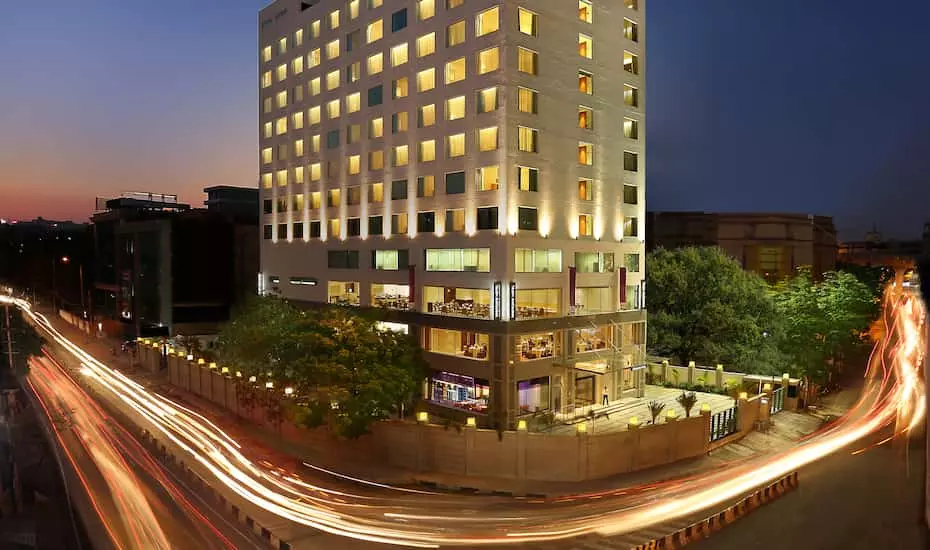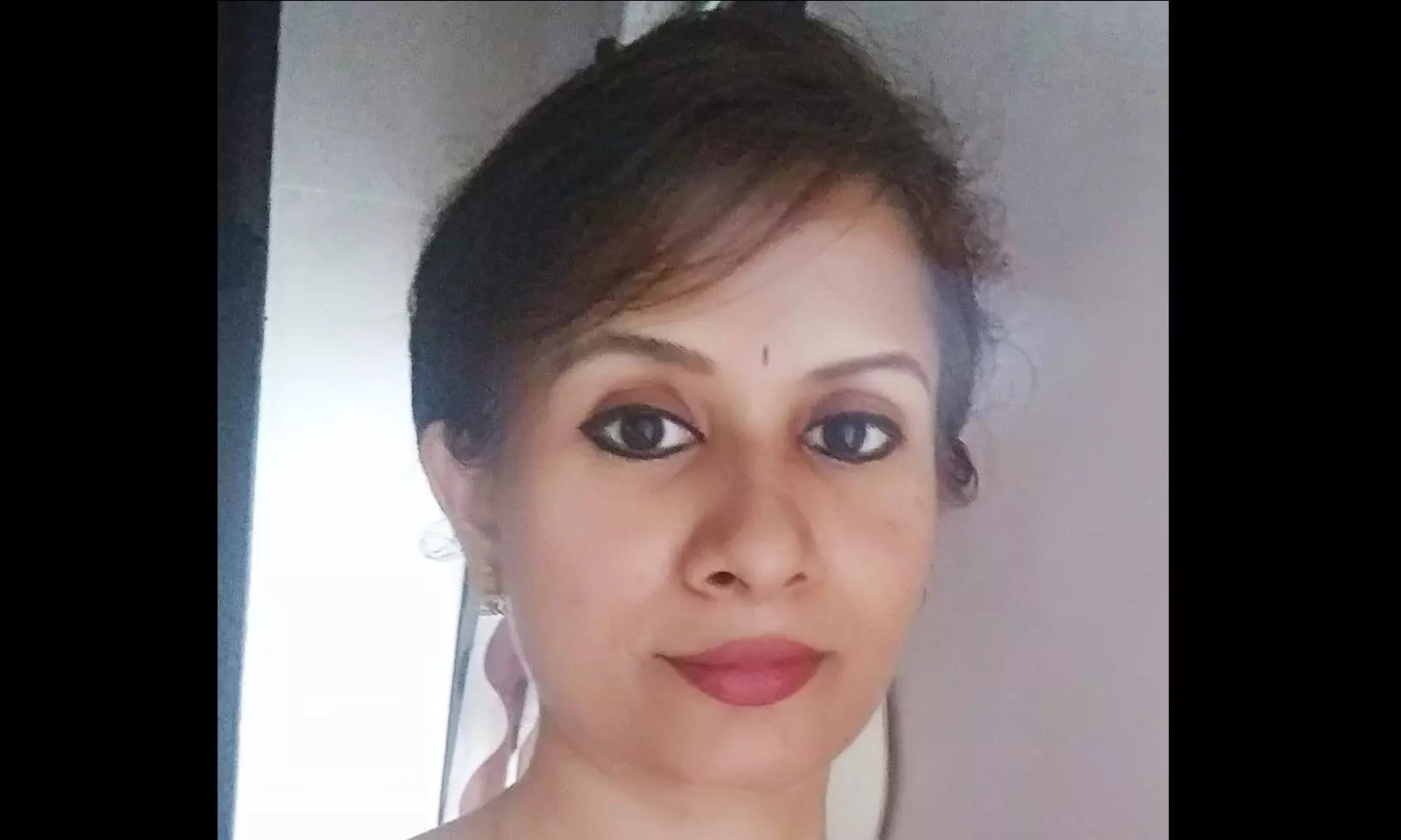India's hotel industry to regain 2008 revenue peak by FY25

Chennai: After a long gap of 17 years, revenues of the hotel industry will return to the peak level of 2008. While domestic leisure and spiritual travel have been driving occupancies, steady improvement in room rates post the pandemic will facilitate the hospitality industry’s return to its glorious times.
In 2007-08, RevPAR of hotels was at its peak of 68.8 per cent before the global meltdown struck the travel and tourism industry. It went down below 60 per cent levels the next year and remained so till 2015-16, as per the data of Hotelivate.
“The global meltdown had a long-lasting impact on the tourism and hospitality industries. The revenues remained subdued due to low foreign tourist arrivals till 2015-16,” Jaison Chacko, secretary general of Federation of Hotel & Restaurant Associations of India. Many hotel brands that were adding inventory during the 2008 peak levels too had come into the market, eating away the RevPAR of the existing hotel inventory.
By 2016-17, revenues once again started picking up momentum and had come up to 66.1 per cent by FY20. But the pandemic, once pulled down the RevPAR, this time sharply to 34.5 per cent. After the pandemic, domestic tourists who embarked on revenge travel started driving occupancies and revenues and RevPAR in FY23 regained 66.1 per cent level.
“In FY23, the branded and organized hotel sector closed with a nationwide occupancy of 66.1 per cent, which was the second highest level in a decade. The ADR of Rs 6869 and consequent RevPAR of Rs 4537 were highest in 10 years. Against FY22, occupancy grew by 34 per cent, ADR by 39 per cent and RevPAR by 82 per cent,” finds Hotelivate.
ICRA estimates the pan-India premium hotel occupancy to be at 70-72 per cent in FY2025 and the average room rates (ARRs) are expected to rise to Rs. 7,800-8,000. RevPAR, which stood tad lower than 2008 level in FY24, will move up to the peak level in FY25.
“Domestic leisure travel, demand from meetings, incentives, conferences and exhibitions (MICE), including weddings, and business travel and good road connectivity are driving occupancies and tariffs and in turn RevPAR,” said Pradeep Shetty, president, FHRAI.

